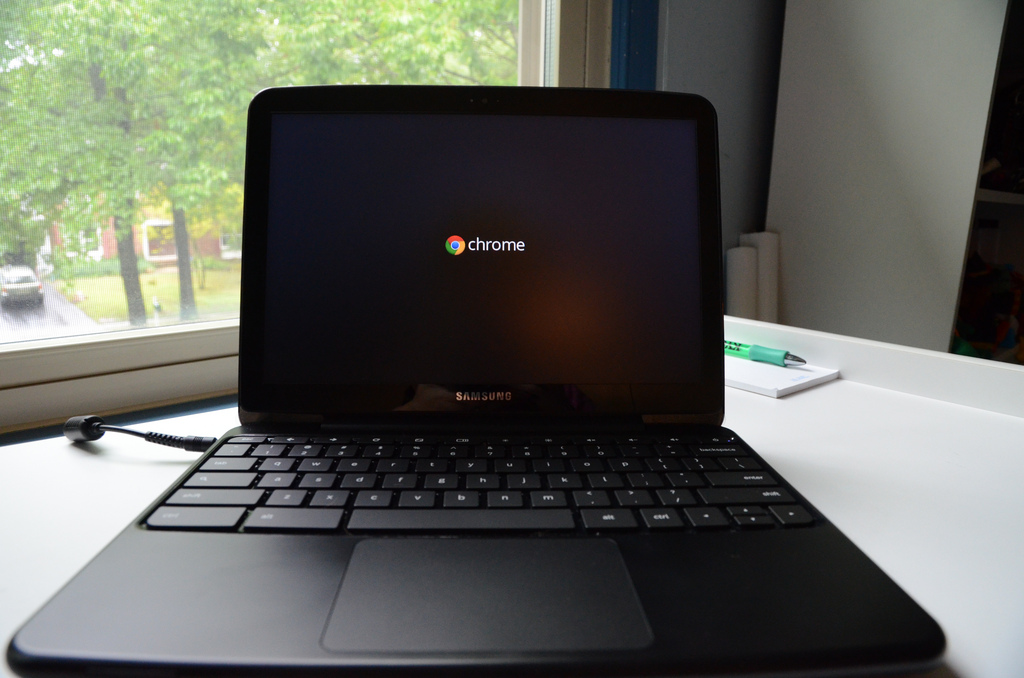I am a fairly heavy user of ChromeOS. Most of my “actual work” is done on my server so ChromeOS makes for a great laptop OS for me. However it is not compatible with my “Golden Gate” SSH setup as the Secure Shell extension for Chrome does not support ProxyCommand. There is a relay option that is used internally at Google that is unfortunately not open sourced.
However, I was able to find a reverse engineered relay server.
I installed it as per the manual however I removed the ‘<blacklist>’ option from the config.xml as it did not apply to me. I then put the binary behind an nginx reverse proxy as was recommended in the manual but added my own authentication into the mix.
Now I can access servers that are behind my firewall only if I can both authenticate against the nginx server and also supply the expected credentials (publickey) to the destination server.
My config.xml:
<?xml version="1.0" encoding="UTF-8" ?>
<config>
<webservice>
<hostname>localhost</hostname>
<webport>9090</webport>
</webservice>
<application>
<authentication>false</authentication>
<relay-url>ssh.MYDOMAIN.com:9091</relay-url>
<max-sessions>100</max-sessions>
<tcp-session-timeout>1200</tcp-session-timeout>
<auth-session-timeout>600</auth-session-timeout>
<blacklist>
</blacklist>
</application>
<accesslist>
<user>
<id>MYNAME</id>
<network>192.168.0.0/16</network>
<host>127.0.0.1</host>
</user>
</accesslist>
</config>
For my nginx config file I took the sample and added the ssl portions as well as the auth_basic portions.
My nginx config file:
server {
listen 9091 ssl;
server_name ssh.naphos.com;
ssl_certificate /PATH/TO/fullchain.pem;
ssl_certificate_key /PATH/TO/privkey.pem;
location /cookie {
auth_basic "Restricted";
auth_basic_user_file /etc/nginx/.htpasswd;
proxy_pass http://localhost:9090/cookie;
include proxy_params;
}
location /proxy {
proxy_pass http://localhost:9090/proxy;
include proxy_params;
}
location /read {
proxy_pass http://localhost:9090/read;
include proxy_params;
}
location /write {
proxy_pass http://localhost:9090/write;
include proxy_params;
}
location /connect {
proxy_pass http://localhost:9090/connect;
proxy_http_version 1.1;
proxy_set_header Upgrade $http_upgrade;
proxy_set_header Connection "upgrade";
proxy_read_timeout 10m;
include proxy_params;
}
Photo Credit: https://www.flickr.com/photos/slgc/6042224090



